Gemsons Precision Engineering Private Limited es un proveedor líder de precisión Servicios de mecanizado CNC, especializado en la producción de piezas de mecanizado CNC de alta calidad. El mecanizado CNC es un proceso controlado por computadora utilizado para producir piezas y componentes complejos a partir de una variedad de materiales, incluidos metales, plásticos y compuestos. En este blog, discutiremos los conceptos básicos de Piezas de mecanizado CNC, cómo funcionan, las partes principales de una máquina CNC, sus funciones y las ventajas y limitaciones de las piezas de máquina controladas por CNC.
El mecanizado CNC es un proceso que implica el uso de máquinas controladas por computadora para crear piezas y componentes intrincados. El proceso implica programar una computadora para controlar el movimiento y el funcionamiento de las herramientas de corte, que luego eliminan el material de la pieza de trabajo. El mecanizado CNC es un método altamente preciso y eficiente de fabricación de piezas, y se utiliza en una amplia gama de Industrias, incluidas aeroespaciales, automotrices, médicas y electrónica.
Las máquinas CNC utilizan una variedad de herramientas de corte, incluidos ejercicios, fábricas finales y tornos, para producir piezas con geometrías complejas y tolerancias estrechas. Estas máquinas son altamente versátiles y se pueden usar para producir piezas a partir de una amplia gama de materiales, incluidos metales, plásticos y compuestos.
¿Cómo funcionan las piezas de las máquinas CNC?
Las máquinas CNC funcionan siguiendo un conjunto de instrucciones que se han programado en una computadora. Estas instrucciones, también conocidas como Código G, le dicen a la máquina cómo mover la herramienta de corte y dónde eliminar el material de la pieza de trabajo. Luego, la máquina sigue estas instrucciones para producir la parte o componente deseado.
La principal ventaja del mecanizado CNC es su precisión y precisión. Las máquinas pueden producir piezas con tolerancias estrechas y geometrías complejas que serían difíciles o imposibles de crear utilizando métodos de mecanizado tradicionales. Las máquinas CNC también ofrecen un alto grado de repetibilidad, lo que significa que la misma parte se puede producir de manera consistente y precisa con el tiempo.
15 partes de la máquina CNC
Una máquina CNC consta de varias partes principales que trabajan juntas para producir piezas y componentes de precisión. Aquí están las 15 partes principales de un Máquina CNC y sus funciones:
- Panel de control: el panel de control es la interfaz entre el operador y la máquina. Permite al operador ingresar comandos y controlar los movimientos de la máquina.
- Spindle: el huso es el componente giratorio que contiene la herramienta de corte. Gira a altas velocidades para eliminar el material de la pieza de trabajo.
- Chuck: el Chuck es el componente que mantiene la pieza de trabajo en su lugar mientras se mecaniza.
- Eje: el eje se refiere a la dirección en la que se mueve la máquina. Las máquinas CNC generalmente tienen tres o más ejes, lo que les permite moverse en múltiples direcciones y producir geometrías complejas.
- Tasa de alimentación: la velocidad de alimentación se refiere a la velocidad a la que la herramienta de corte se mueve a lo largo de la pieza de trabajo. Esto se puede ajustar para producir diferentes acabados y velocidades superficiales.
- Herramienta de corte: la herramienta de corte es el componente que elimina el material de la pieza de trabajo. Puede ser un taladro, una fábrica final u otro tipo de herramienta de corte.
- Pieza de trabajo: la pieza de trabajo es el material que se está mecanizando. Se puede hacer a partir de una amplia gama de materiales, incluidos metales, plásticos y compuestos.
- Portor de herramientas: el portavasos es el componente que mantiene la herramienta de corte en su lugar. Está conectado al eje y permite cambios de herramientas rápidos y fáciles.
- Sistema de refrigerante: el sistema de refrigerante se utiliza para enfriar la herramienta de corte y la pieza de trabajo durante el mecanizado. Esto ayuda a evitar el sobrecalentamiento y mejorar la vida útil de la herramienta.
- Motor: el motor es el componente que impulsa el huso y otras partes móviles de la máquina. Puede ser eléctrico, hidráulico o neumático.
- Fuente de alimentación: la fuente de alimentación proporciona electricidad a la máquina, que se utiliza para alimentar el motor.
- Tornillos de bola: los tornillos de bola se usan para convertir el movimiento de rotación en movimiento lineal. Se utilizan para mover el eje de la máquina con precisión y precisión.
- Cubras de forma: las cubiertas de la manera se utilizan para proteger las piezas móviles de la máquina del polvo, los escombros y otros contaminantes.
- Codificadores: los codificadores se utilizan para proporcionar retroalimentación sobre la posición de las piezas móviles de la máquina. Esto ayuda a garantizar que la máquina esté funcionando correctamente y produciendo piezas con las dimensiones deseadas.
- Computadora: la computadora es el cerebro de la máquina. Se utiliza para programar la máquina, controlar sus movimientos y monitorear su rendimiento.
Ventajas de las piezas de mecanizado CNC
Hay varias ventajas en el uso de mecanizado CNC para la producción de piezas y componentes. Estos incluyen:
- Precisión: las máquinas CNC son muy precisas y pueden producir piezas con tolerancias estrechas y geometrías complejas.
- Eficiencia: las máquinas CNC son altamente eficientes y pueden producir piezas de manera rápida y precisa.
- Flexibilidad: las máquinas CNC se pueden usar para producir piezas a partir de una amplia gama de materiales, incluidos metales, plásticos y compuestos.
- Consistencia: las máquinas CNC ofrecen un alto grado de repetibilidad, lo que significa que la misma parte puede producirse de manera consistente y precisa con el tiempo.
- Seguridad: las máquinas CNC están diseñadas con seguridad en mente y están equipadas con características de seguridad para proteger al operador y la máquina.
Limitaciones de las piezas de máquinas controladas por CNC
- Si bien el mecanizado CNC ofrece muchas ventajas, también hay algunas limitaciones a considerar. Estos incluyen:
- Costo: las máquinas CNC pueden ser costosas de comprar y mantener.
- Complejidad: las máquinas CNC requieren conocimiento y capacitación especializados para operar y programar de manera efectiva.
- Limitaciones del material: si bien las máquinas CNC pueden producir piezas de una amplia gama de materiales, puede haber limitaciones en los tipos de materiales que se pueden mecanizar de manera efectiva.
- Mantenimiento: las máquinas CNC requieren un mantenimiento regular para garantizar que funcionen correctamente y produciendo piezas con la calidad deseada.
Conclusión
El mecanizado CNC es un método altamente preciso y eficiente de fabricación de piezas y componentes. Las máquinas CNC están equipadas con una variedad de piezas y componentes que trabajan juntas para producir piezas con tolerancias estrictas y geometrías complejas. Si bien existen algunas limitaciones para el mecanizado CNC, las ventajas de precisión, eficiencia, flexibilidad, consistencia y seguridad lo convierten en una opción popular para una amplia gama de industrias.













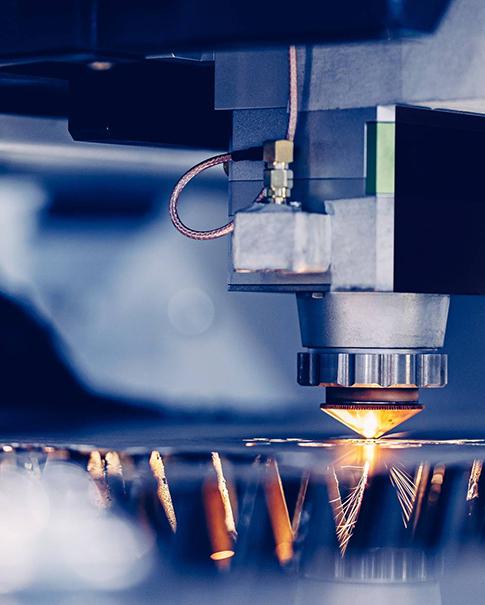
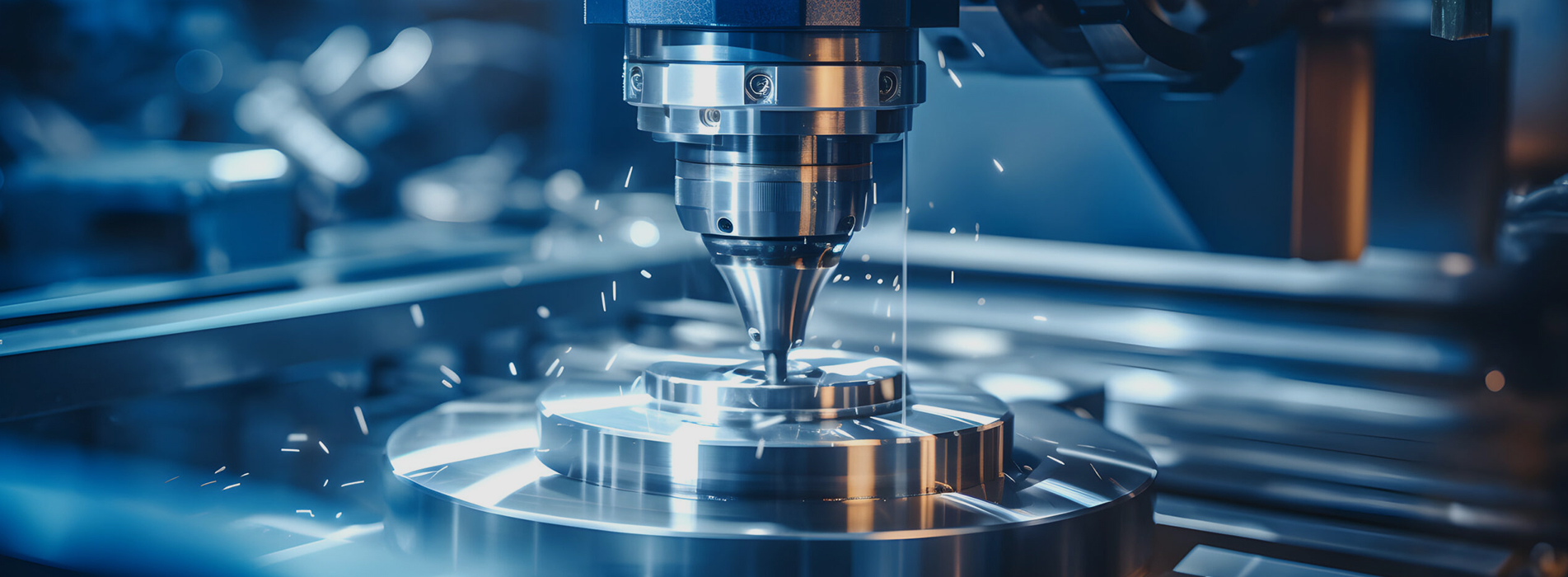
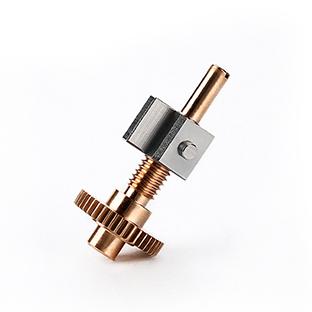
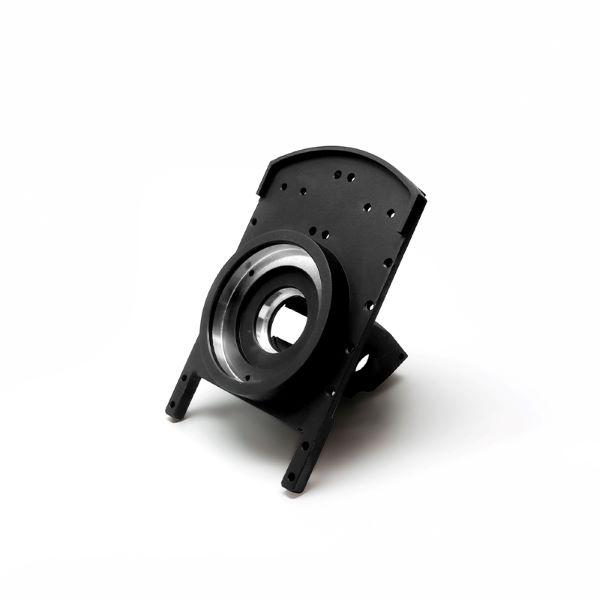
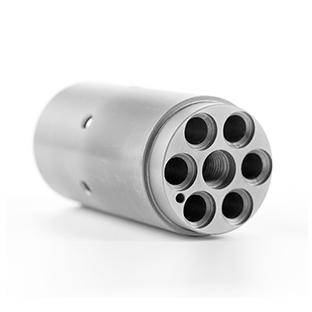
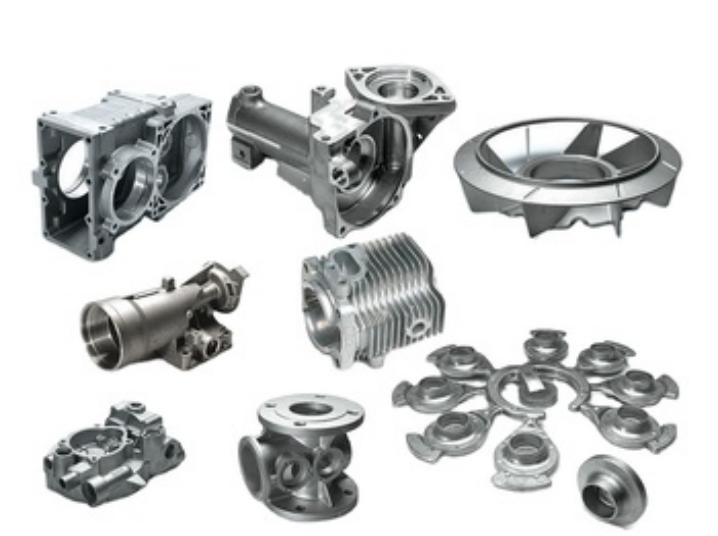
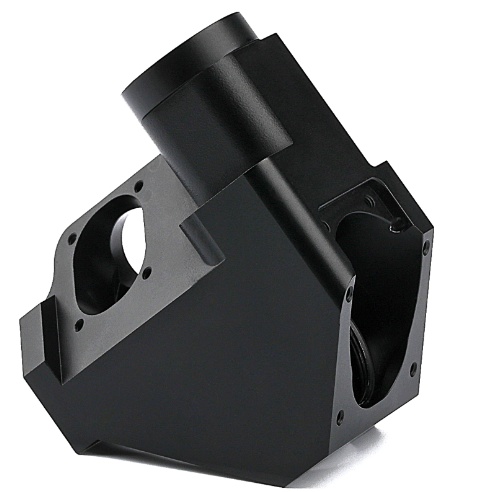
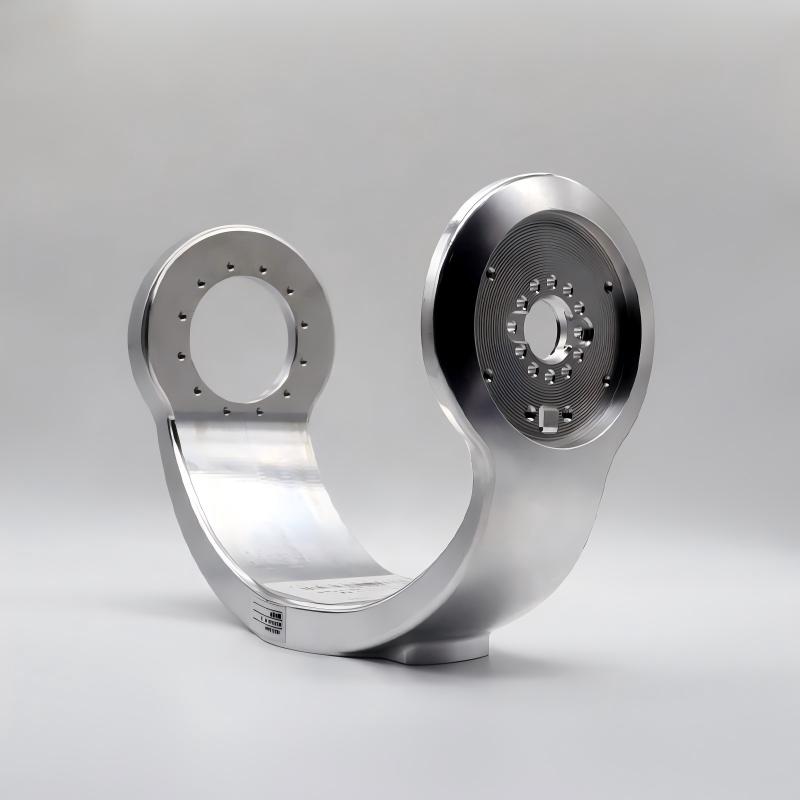
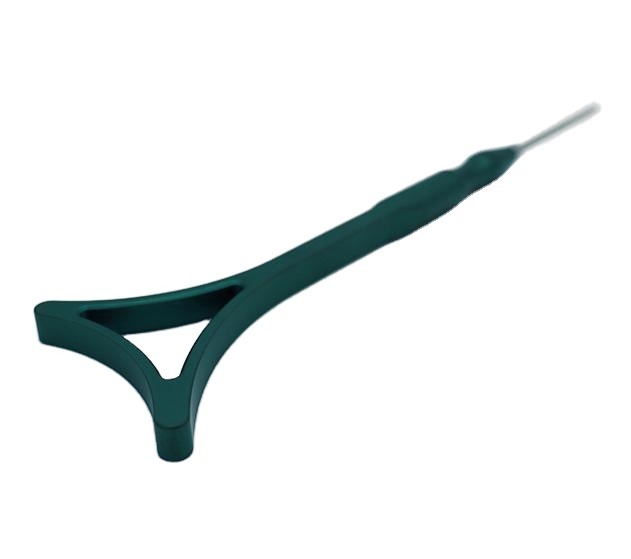
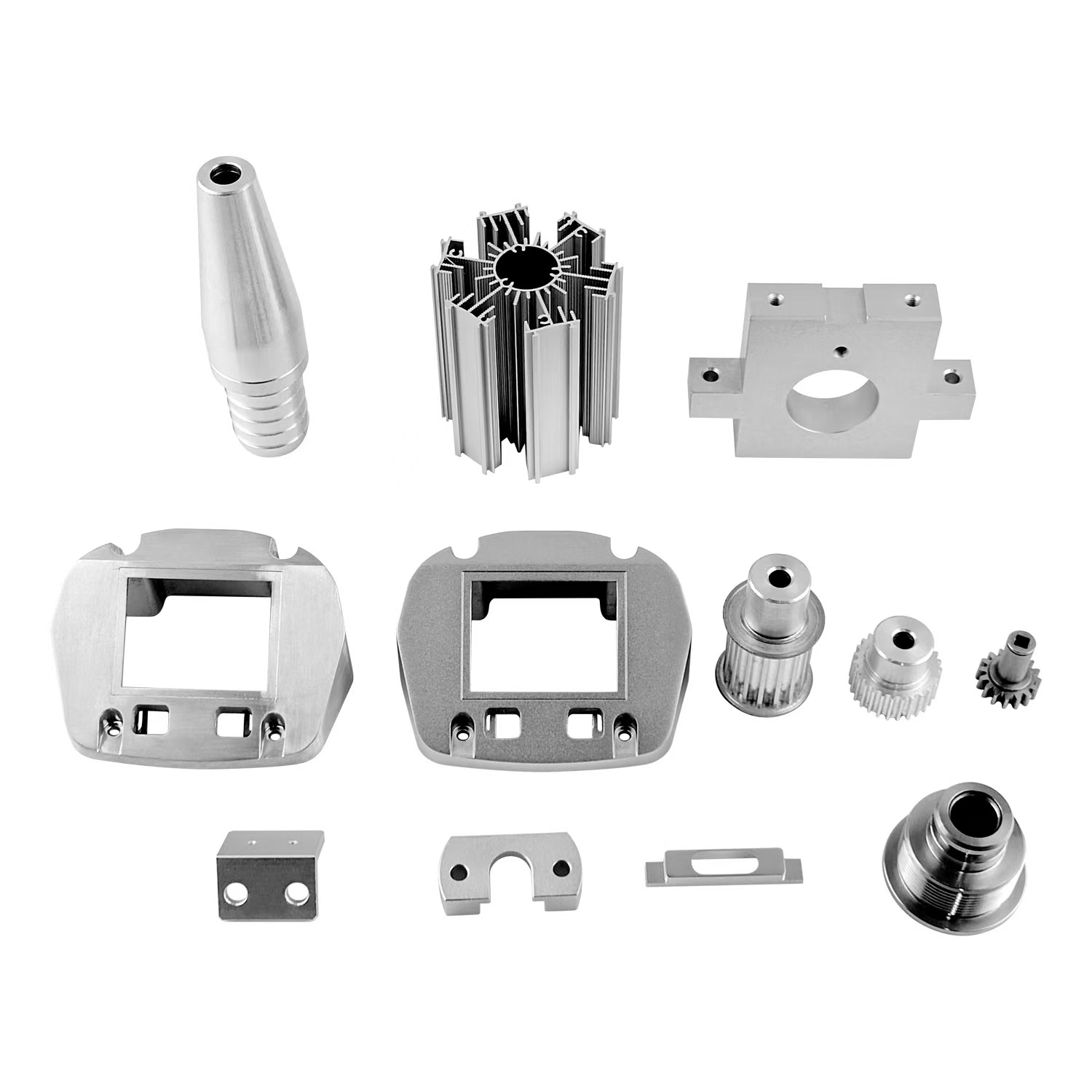
 SUSCRÍBETE A NUESTRO BOLETÍN
SUSCRÍBETE A NUESTRO BOLETÍN






